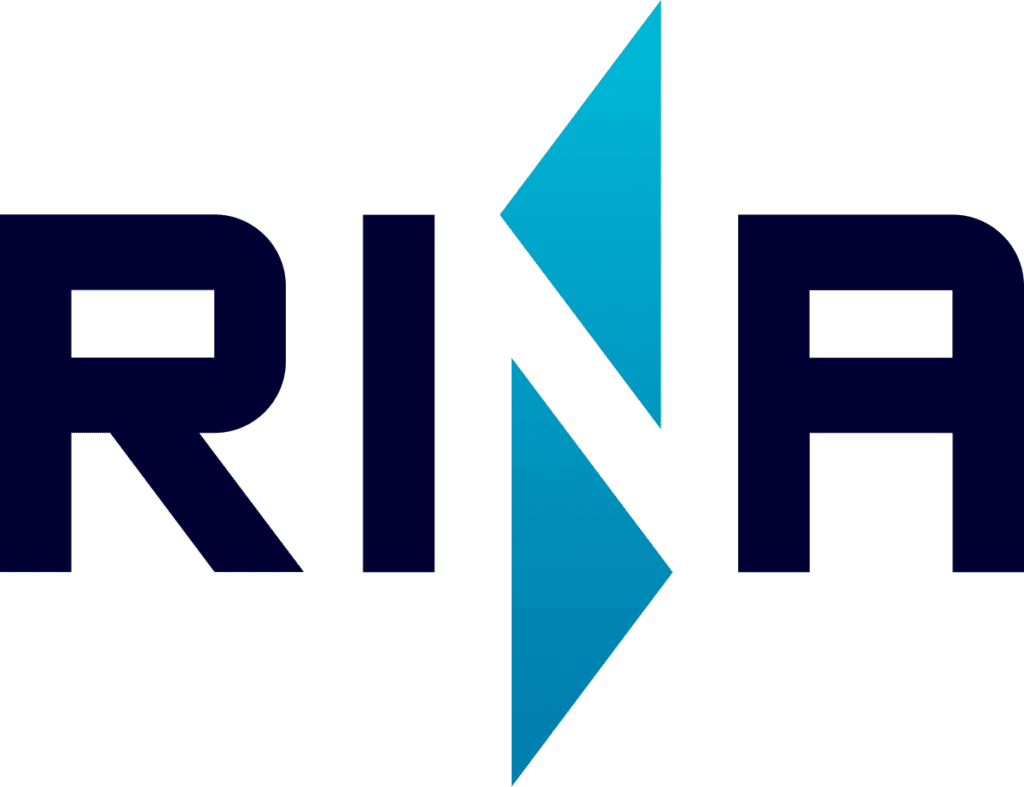VPC Expertise Centre
Learn from our publications which are available for you!

Download our Whitepapers below

How can we help?
Contact us, to learn how you can benefit from our services too. Or find a location where you can book our service directly.







